
 Near-Earth Objects
Near-Earth Objects 
 Near-Earth Objects
Near-Earth Objects 
Finding Them Before They Find Us
DONALD K. YEOMANS
Princeton University Press
Princeton and Oxford
Copyright 2013 by Princeton University Press
Published by Princeton University Press, 41 William Street, Princeton, New Jersey 08540
In the United Kingdom: Princeton University Press, 6 Oxford
Street, Woodstock, Oxfordshire OX20 1TW
press.princeton.edu
Jacket illustration: Near-Earth asteroid Apophis.
Digital artwork by Detler van Ravenswaay;
courtesy of Photo Researchers, Inc.
All Rights Reserved
Library of Congress Cataloging-in-Publication Data
Yeomans, Donald K.
Near-Earth objects : finding them before they find us / Donald K. Yeomans.
p. cm.
Includes bibliographical references and index.
ISBN 978-0-691-14929-5 (hardcover : alk. paper)
1. Near-Earth objects. 2. AsteroidsCollisions with Earth. 3. CometsCollisions with Earth.I. Title.
QB651.Y46 2013
523.44dc23
2012005990
British Library Cataloging-in-Publication Data are available
This book has been composed in Goudy
Printed on acid-free paper.
Printed in the United States of America
1 3 5 7 9 10 8 6 4 2
 CONTENTS
CONTENTS 
 ILLUSTRATIONS
ILLUSTRATIONS 
 PREFACE
PREFACE 
Before the relatively recent discovery of a great population of asteroids in the Earths neighborhood, a work on the asteroids and comets that make up the so-called near-Earth objects would have been more of a pamphlet rather than a book of this size.
The show-off comets, with their enormous gas and dust tails, have been recorded for millennia. They were feared as mysterious apparitions presaging disasters by the ancient Greeks and Chinese and as fireballs thrown at a sinful Earth from the right hand of an avenging God during the church-oriented Middle Ages. In late 1694, Edmond Halley, who first correctly predicted the return of the comet that bears his name, speculated, comet impacts may have formed the vast depression of the Caspian sea and other great lakes in the world. In 1822, the British poet Lord Byron imagined a time when men would have to defend Earth from these celestial miscreants.
Who knows whether, when a comet shall approach this globe to destroy it, as it often has been and will be destroyed, men will not tear rocks from their foundations by means of steam, and hurl mountains, as the giants are said to have done, against the flaming mass?and then we shall have traditions of Titans again, and of wars with Heaven.
Although the show-off comets in the inner solar system are impressive, it is the far more numerous asteroids in the Earths neighborhood that should have been feared as they represent the most frequent threats to Earth. However, the threats from these near-Earth asteroids have only recently been realized, having repeatedly slipped by Earth for eons without notice. Eros was the first near-Earth asteroid to be discovered in 1898, and it was another thirteen years until the discovery of the second one named Albert. Albert was only observed for a month and then lost for nearly a century before being rediscovered in 2000. By 1950, only thirteen near-Earth asteroids had been discoveredall by accident when astronomers were observing other objects in the night sky. Deliberate photographic searches for near-Earth asteroids begun only in the 1970s and 1980s found a few more so that by 1990, there were 134 known near-Earth asteroids. Rapid progress in discovering near-Earth asteroids only began in the 1990s when deliberate, systematic search programs, using electronic CCD detectors and digital computer processing rather than photographic techniques, got under way. Largely as a result of higher sensitivity telescopic survey programs supported by NASA, there were more than 8,800 known near-Earth asteroids in early 2012 and they continue to be discovered at a surprising rate. Whereas it took sixty-two years between the first discovery of a near-Earth asteroid in 1898 and the twentieth discovery in 1960, todays search programs discover about twenty near-Earth asteroids in a single week.
While Earth impacts by large near-Earth objects are very low probability events, they are of very high consequence. While no one can claim knowledge of a single person being killed by a near-Earth object, the evidence for major impact events taking place in Earths history is unmistakable. However, one could claim that even over very long time intervals, the average annual number of those killed by Earth impacts is comparable with the fatalities due to shark attacks or fireworks accidents, and there are far more fatalities due to, say, automobile accidents. So why be concerned? The point is that near-Earth object impacts, unlike shark attacks, fireworks accidents, automobile accidents, and any number of other more familiar disasters, have the capacity to wipe out an entire civilization in a single blow.
Lord Byron in E. J. Lovell, Jr., ed., Medwins Conversations of Lord Byron (Princeton: Princeton University Press, 1966), 188.
 ACKNOWLEDGMENTS
ACKNOWLEDGMENTS 
I doubt that any book is the work of a single author. This one certainly isnt. I received, and very much appreciate, the comments provided by several authorities in planetary science, many of whom could have written this entire volume on their own. My colleagues at the Jet Propulsion Laboratory (JPL), including Alan Chamberlin, Steve Chesley, Paul Chodas, and Jon Giorgini reviewed portions of the book. These gentlemen provide the technical magic for monitoring the motions of all asteroids and comets in the Earths neighborhood. A good portion of this book tells the story they have written. Sections of the book were read and commented upon by noted scientist Mark Boslough (Sandia Labs), David Dearborn (Lawrence Livermore National Laboratory), and ex-astronauts Tom Jones and Rusty Schweickart. Their help is very much appreciated. Lindley Johnson, the program executive for the near-Earth object program at NASA headquarters, provided constructive comments on the entire book. NASA is very fortunate to have someone of his caliber running the near-Earth object program. David Morrison (Ames Research Center and the SETI Institute) and Clark Chapman (Southwest Research Institute), who were both instrumental in focusing early attention on the issues involving near-Earth objects, provided several suggestions and improvements for the entire book as did Dan Scheeres (University of Colorado at Boulder). Dan is everyones go-to guy for questions involving the dynamics of comets and asteroids. Youll hear more about these people in the coming pages.
Thanks are also due to Ingrid Gnerlich, Senior Editor at Princeton University Press, for initially suggesting this book, and to production editor Debbie Tegarden for seeing it through to publication. They were quick to provide patient and reasonable responses to my many, many questions.
Next page
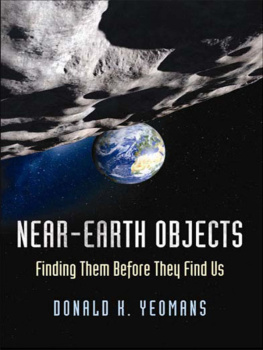
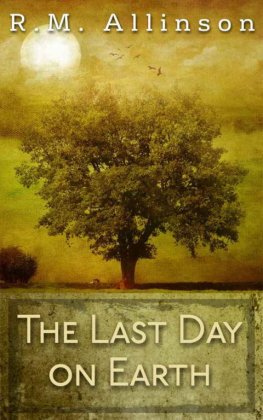
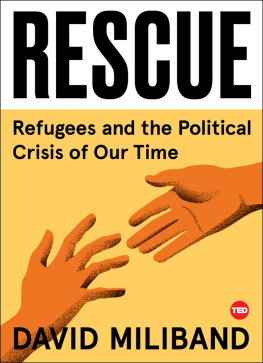
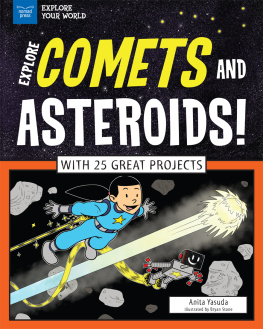
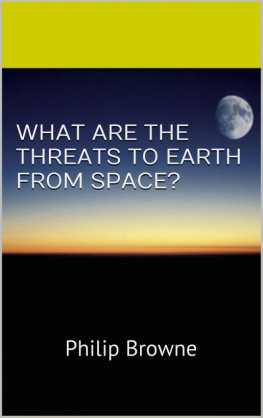
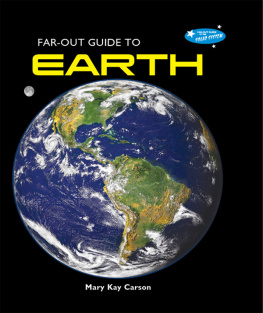
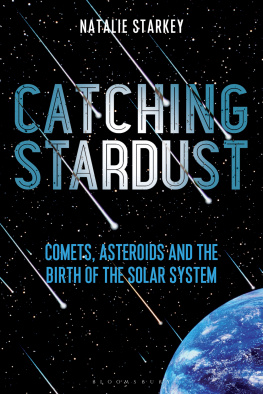
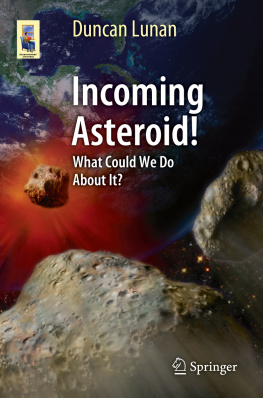
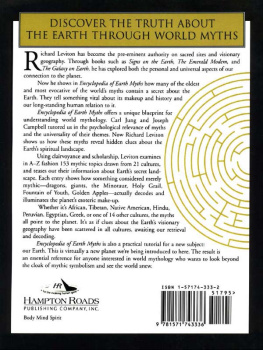

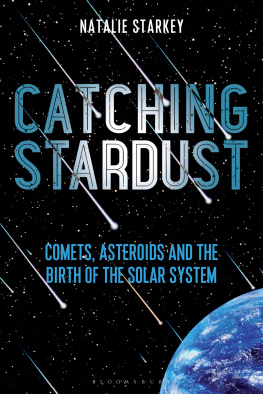
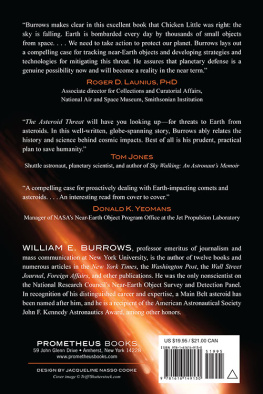
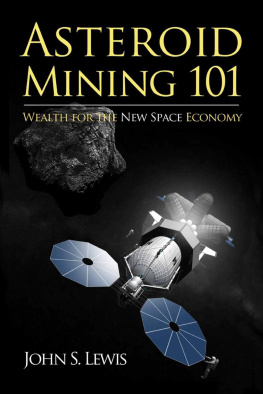

 Near-Earth Objects
Near-Earth Objects  Near-Earth Objects
Near-Earth Objects